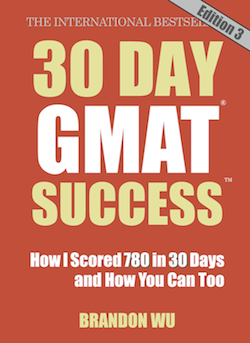What if I’ve Never Seen that Question Type Before?
If you have done any GMAT practice yet, you have probably realized that there is plenty of algebra and geometry on the test. Those two question types undoubtedly make up the majority of the questions, so you need to be very comfortable and efficient answering those question types. However, there are a lot of randomly tested concepts that make up the remainder of the questions. If you already have a firm grasp on algebra and geometry, and you still need a good boost in your score, you’ll need to master some of these less common, less predictable questions. Luckily, there is no shortage of them in the Official Guide, 13th Edition. Let’s look at one that involves patterns.
Question number 118 on page 168 involves calculations that don’t fit neatly into equations, although the official explanation would like you to think they do. If you find that you are struggling to create equations for questions that don’t seem like the typical algebra questions you see on the GMAT, you may be better off simply listing out possibilities in an organized way. Here’s how that would work.
In the first scenario for this question, the total number of possible members could be 11, 15, 19, 23, 27, 31, 35, or 39. Those numbers are calculated by taking multiples of 4 and adding 3 to them for the final table with only three members.
In the second scenario, the total possible number of members could be 13, 18, 23, 28, 33, or 38. Those numbers are calculated by taking multiples of 5 and adding 3 to them for the final table with only three members.
23 is the only number in common in both scenarios, so there must be 23 members. 6 goes into 23 three times, with 5 left over, so the correct answer is E.
Many times, the answers to problem solving questions can be found in exactly this way. Just list out all the options according to the rules of the question, rather than struggling to fit the information into an equation. Remember, you aren’t being graded on your work, just on getting the right answer.
Image courtesy of jonoakley with Creative Commons License


Comments